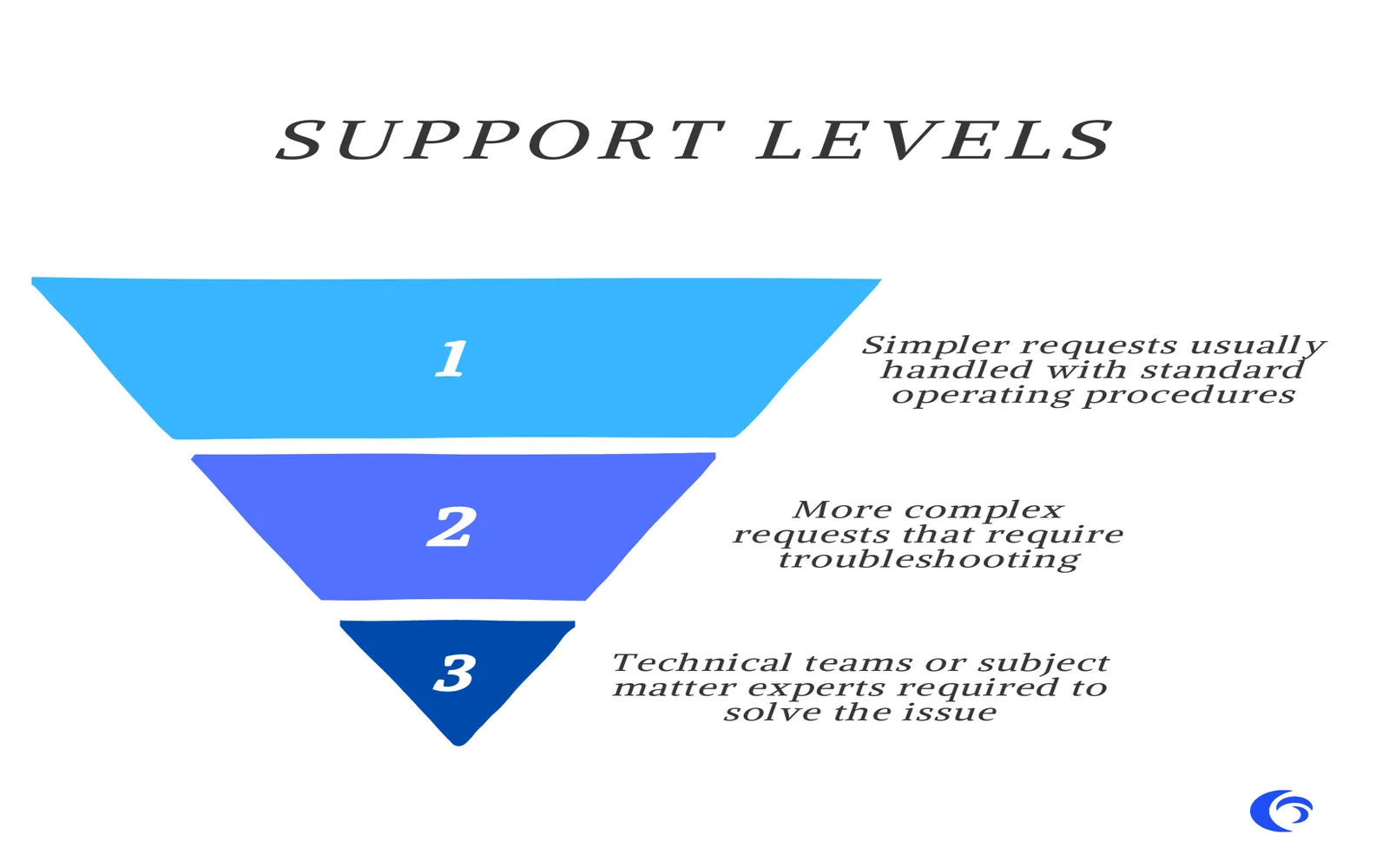When it comes to managing ''data loss'' in the world of ''SaaS'' (Software as a Service), one of the most crucial aspects to consider is ''user error''. Insights from ''SaaS support teams'' reveal that a significant portion of data loss incidents can be attributed to mistakes made by users. Understanding these errors can help organizations implement better strategies to mitigate risks and enhance data security. In this article, we will explore common user errors leading to data loss and provide actionable insights for both users and administrators.
Common User Errors Leading to Data Loss
Numerous user errors can contribute to data loss in a ''SaaS environment''. Here are some of the most prevalent mistakes:
| Error Type | Description | Impact |
|---|---|---|
| Accidental Deletion | Users mistakenly delete files or data they did not intend to. | Loss of critical data, potential downtime |
| Improper Backup Procedures | Failing to regularly backup data or using outdated backup methods. | Increased risk of data loss, prolonged recovery time |
| Neglecting Security Protocols | Users bypassing security measures or failing to use two-factor authentication. | Increased vulnerability to data breaches |
| Miscommunication | Failure to communicate changes in data handling or access rights. | Inadvertent data exposure or deletion |
| Software Misconfiguration | Incorrectly setting up software applications leading to data access issues. | Potential data corruption or access loss |
Understanding these errors is the first step toward prevention. SaaS support teams often emphasize the importance of user training and awareness to minimize these risks.
The Role of Training and User Awareness
One primary strategy to combat ''user error'' is implementing comprehensive training programs. Regular training sessions can greatly reduce the likelihood of mistakes that lead to data loss. Here are some effective training strategies:
- Interactive Workshops: Conduct hands-on workshops where users can practice using the software and understand the implications of their actions.
- Regular Updates: Provide users with updates on new features and changes in the software that may impact data handling.
- Scenario-Based Learning: Use real-life scenarios to illustrate potential errors and the correct procedures to avoid them.
By fostering a culture of awareness around data handling, organizations can significantly decrease the occurrence of user errors that lead to data loss.
Implementing Robust Data Recovery Solutions
In addition to training, having robust ''data recovery solutions'' is essential for mitigating the impact of user errors. SaaS support teams recommend the following approaches:
- Automated Backups: Implement automated backup solutions that regularly save data to minimize the risk of loss.
- Version Control: Utilize version control systems to keep track of changes made to data, allowing users to revert to previous versions if necessary.
- Data Recovery Plans: Develop clear data recovery plans that outline steps to take in the event of data loss, ensuring users know how to respond quickly.
Having these systems in place not only protects data but also instills confidence among users, knowing that their efforts to manage data are supported by reliable recovery options.
Insights from SaaS Support Teams
SaaS support teams have a wealth of experience dealing with user errors and data recovery. Their insights can be invaluable for organizations looking to improve their data management practices. Here are some key takeaways:
- Proactive Communication: Regularly communicate with users about best practices and common pitfalls related to data handling.
- Feedback Mechanisms: Establish feedback channels to understand user challenges and address them promptly.
- Data Governance Policies: Implement clear data governance policies that outline user responsibilities regarding data management.
By integrating these insights into organizational practices, companies can create a more secure environment for data management, ultimately reducing the risk of user errors leading to data loss.
Conclusion
Understanding ''user error'' as a significant factor in ''data loss'' is crucial for any organization utilizing ''SaaS'' solutions. By focusing on training, implementing robust data recovery systems, and leveraging insights from ''SaaS support teams'', businesses can minimize risks associated with data loss. Through proactive measures, organizations can ensure that their data remains secure and accessible, allowing them to focus on their core operations without the looming threat of losing critical information.





